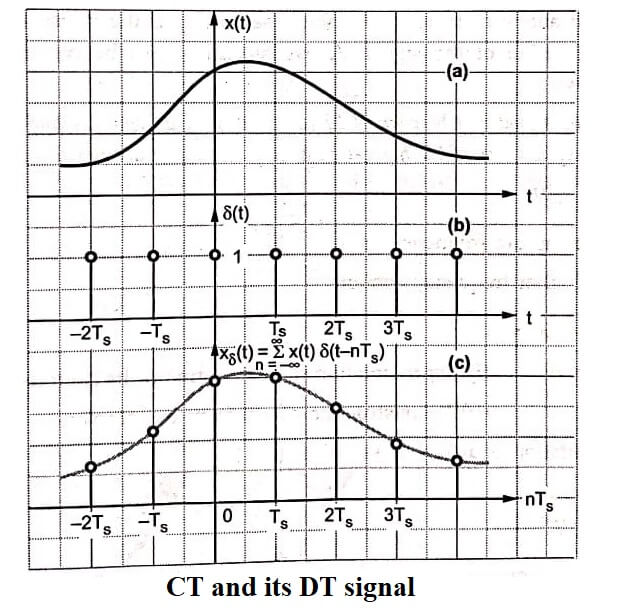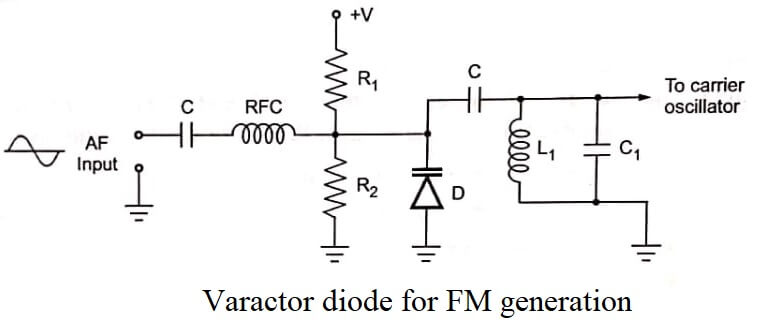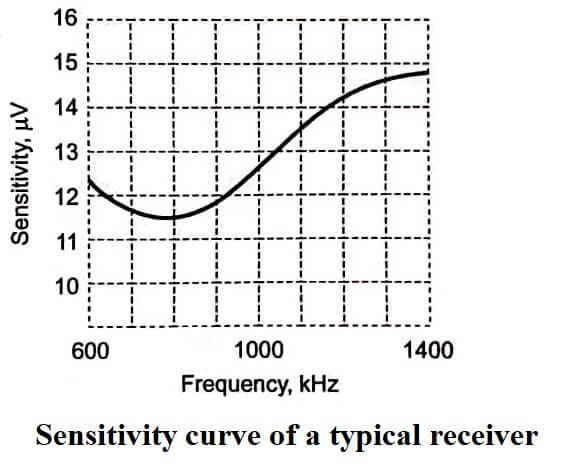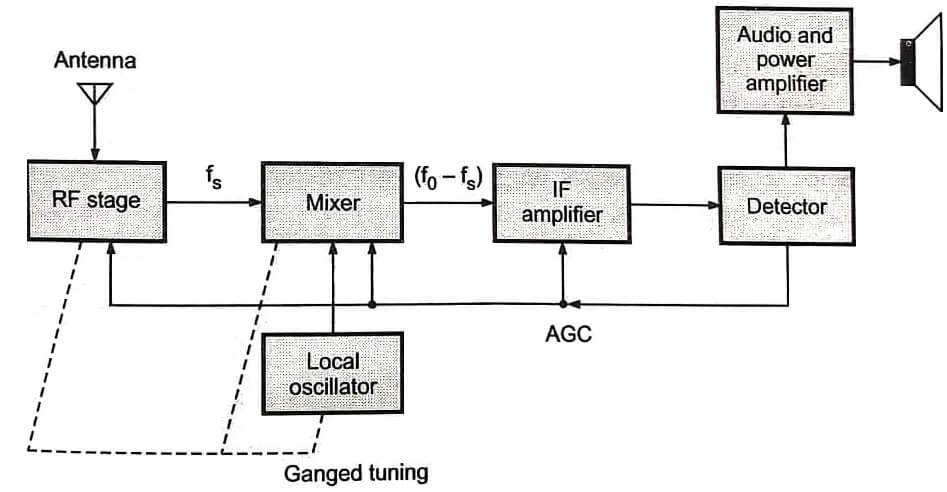Before discussing about modulation and demodulation directly, we will consider an interesting example first.

Let us consider that you want to send some “parcel” from Pune to Nasik. It is obvious that the parcel cannot move from Pune to Nasik on its own. What all you need to do is, to contact some courier company. The courier company will send the parcel by some Pune-Nasik “Bus”. The courier agent at Nasik will recognize the ‘Bus’ and receive the parcel. He will then deliver the parcel to the concerned person. This example basically represents the communication system. The parcel becomes an information to be transmitted. The courier agency office at Pune is the transmitter and its office at Nasik is the receiver. The parcel is sent through the ‘Bus’. This ‘Bus’ is the carrier which carries the parcel (message). Fig shows this illustration in diagram form.
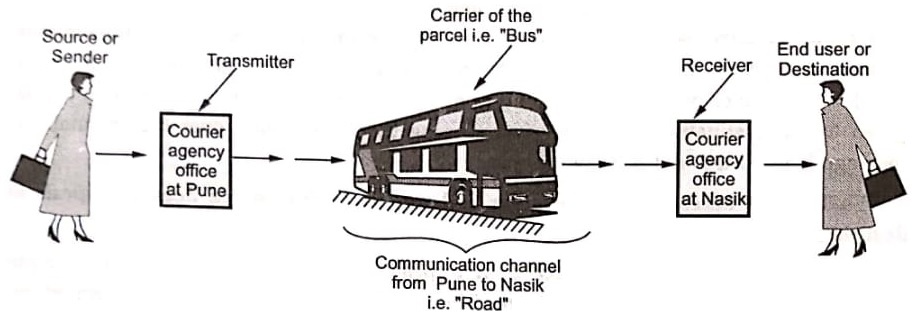
As shown in Fig the parcel rides over the bus and is transmitted from source to the destination. Similarly in electrical communication, the message signal is converted to an electrical signal and given to the transmitter. The transmitter allows the signal to ride over some electrical carrier. At the receiver, the information signal is separated from the carrier. The information signal is then converted to the required format. We will now introduce modulation and demodulation.
Modulation :
Whenever the message or information signal rides over the carrier, it is called modulation. Consider for example a sinusoidal carrier signal. Then message signal can ride over this carrier (sine wave) in three ways
- It can ride over the amplitude of the carrier.
- It can ride over the phase of the carrier. or
- It can ride over the frequency of the carrier.
In electrical sense, the operation of riding over the amplitude of carrier means to alter (or modulate) the amplitude of carrier. This is called Amplitude Modulation of the carrier. Thus the message signal becomes the modulating signal and it is transmitted by variations in the amplitude of the carrier. Similarly when message (or modulating) signal rides over the phase of the carrier it is called Phase Modulation. And in case Frequency Modulation, the frequency of the carrier is altered by message signal Fig shows an example of amplitude modulation.
Modulation is the process of placing the message signal over some carrier to make it suitable for transmission over long distance.
The carrier signal is basically of higher frequency than that of message. And it has the ability to travel over long distance. We will come back to the discussion of modulation and demodulation later on. Now we will first see what is demodulation.
Demodulation :
The modulated carrier signal is transmitted by the transmitter. The receiver receives this carrier. It separates the message signal from the modulated carrier. This process is exactly opposite to that of modulation at the transmitter.
Demodulation is the process of separating message signal from the modulated carrier signal.
Continuous Wave (CW) Modulation :
The sinusoidal carrier modulation discussed above is called Continuous Wave or CW modulation. The CW modulation is used by most long distance communication. The CW modulation produces frequency translation. We will not go into much details of this concept here. For example consider the case of Amplitude modulation. The message signal is of frequency 10kHz and the carrier is of frequency 50kHz.
Then mathematically we can prove that the amplitude modulated signal will have carrier of 50kHz, and two sidebands of (50 – 10) = 40kHz and (50 + 10) = 60kHz. These two side bands carry the message signal actually. But at the same time their frequency is much higher than that of message. This is nothing but translation of message frequency to high frequency side.
Advantages of High Frequency Carriers
- If carrier frequency is very high, then there is no chance of interference between modulating and carrier frequency.
- For efficient transmission and reception, the length of the transmitting/receiving antenna is almost equal to quarter wavelength of the carrier frequency. This length of the antenna comes out to be 75 meters at 1MHz and 5000 meters at Hence high frequency carrier is preferred to reduce length of antenna.
- High frequency carriers travel long distances, where as it is very difficult for low frequency signals.
- See More : Different types of interferometer
- See More : Precision instrument based on laser
- See More : Mechatronics engineering
